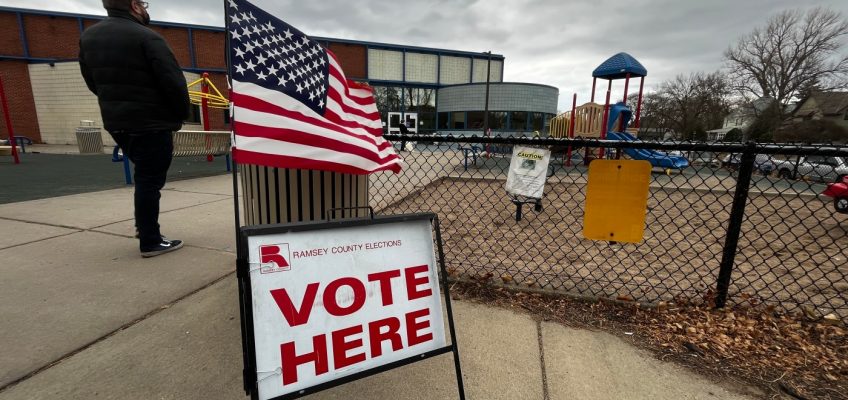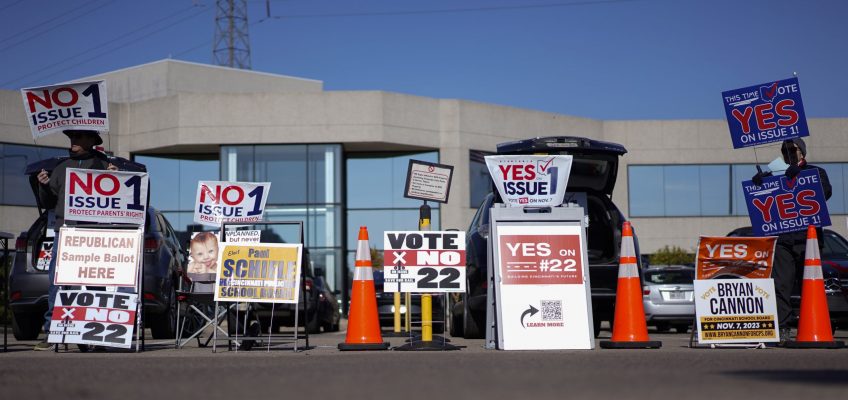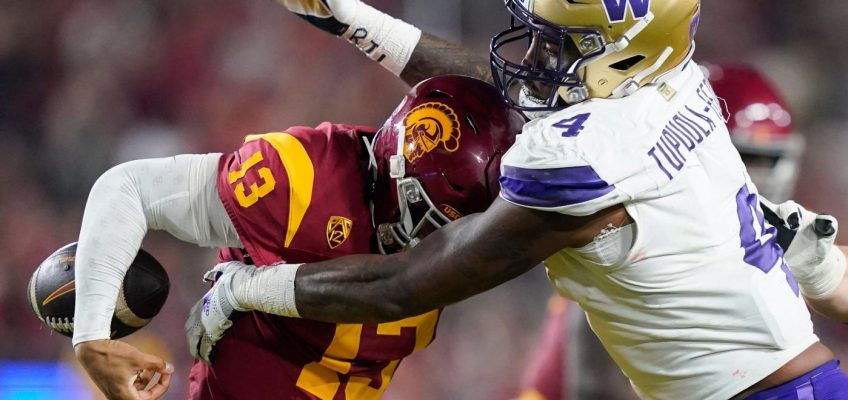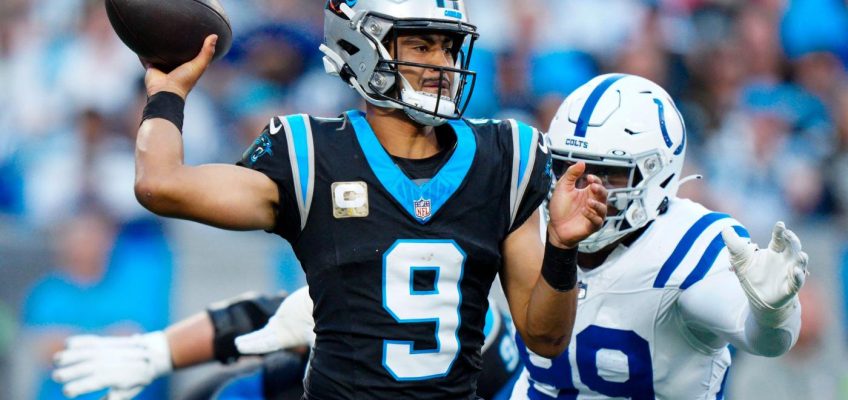Voters on Tuesday morning headed to the polls, where races for city council and school board were being decided in St. Paul and throughout the east metro. The off-year election ballots also feature a question about raising sales taxes in St. Paul to pay for roads and parks, a $175 million bond referendum for school construction and safety improvements in the Stillwater Area School District, and other key property tax levies throughout the suburbs.
By the end of day Monday, nearly 5,000 St. Paul residents had already voted early by returning absentee ballots to Ramsey County Elections.
There were especially strong showings in Ward 3, which spans Highland Park, Mac-Groveland and part of West Seventh Street, followed by Ward 1, which spans Frogtown, Summit-University and swathes of the North End and surrounding neighborhoods. Open seats on the St. Paul City Council in both those races have drawn a sizable and racially-diverse mix of candidates, energizing corners of the Black, Hmong and East African electorate.
The St. Paul mayor’s office is backing a proposal to increase the city’s sales tax by a percentage point to 9.875%, which would be the highest sales tax in the state, to raise nearly $1 billion over 20 years for some 24 arterial road reconstructions, as well as high-priority park maintenance and four designated parks projects.
Potholes, taxes
Fed up with driving over potholes, Sarah Cooke went to the polls and cast a “yes” vote.
“I live on this side of town and we need better streets,” said Cooke, a longtime homeowner in Ward 6, shortly before polls closed for early voting on Monday afternoon at the Arlington Hills Community Center on Payne Avenue. “The street conditions are not great. A lot of them need repaving.”
Equally fed up with property tax increases and the general state of city services, Robbie Smith cast a “no” vote on the same question moments before her. “I’m really disappointed,” said Smith, a Ward 5 resident who said the city has fumbled core services from trash collection and tree trimming to public safety. The city council, she said, “has been doing things that are not helpful for the city of St. Paul. They’ve been raising our taxes like crazy. Just let our voice be heard.”
“I’ve lived all over the world,” she added, noting the loss of small businesses near Allianz Field in the Midway, “and this is truly a nice place to live, but we’re going downhill.”
Will Hyland voted early at the Ramsey County Elections office on Plato Boulevard, where he cast a vote for St. Paul City Council intended to protect the city’s rent control ordinance and “ensure that the rent cap stays in place,” he said. “There’s a lot of people trying to dismantle that.”
30 candidates for St. Paul City Council
In all, 30 candidates filed for seven seats on the St. Paul City Council, and seven candidates filed for four seats on the St. Paul School Board. Results in some city council races may not be available before Friday, given the city’s ranked-choice election system, which involves hand-tallying races where no candidate breaks 50% of the vote on Election Day.
Meanwhile, there are numerous city council and school board races n Dakota, Ramsey and Washngton counties as well as ballot questions for voters ot decide.
To learn more about local races across the east metro, including how to register to vote on Election Day, visit twincities.com/news/politics/elections.
Related Articles
Mitra Jalali: Essential city services are the vehicle to deliver on our bold vision for St. Paul
Jane Prince: St. Paul’s sales-tax initiative? It’s bait and switch
Blons, Bates: St. Paul sales tax paves the way to a better future for all of us
What you need to know for Election Day
Voter turnout and how long it may take to get results in St. Paul races




